Model: 1/20 Ferrari 126C2 1982 by Fujimi
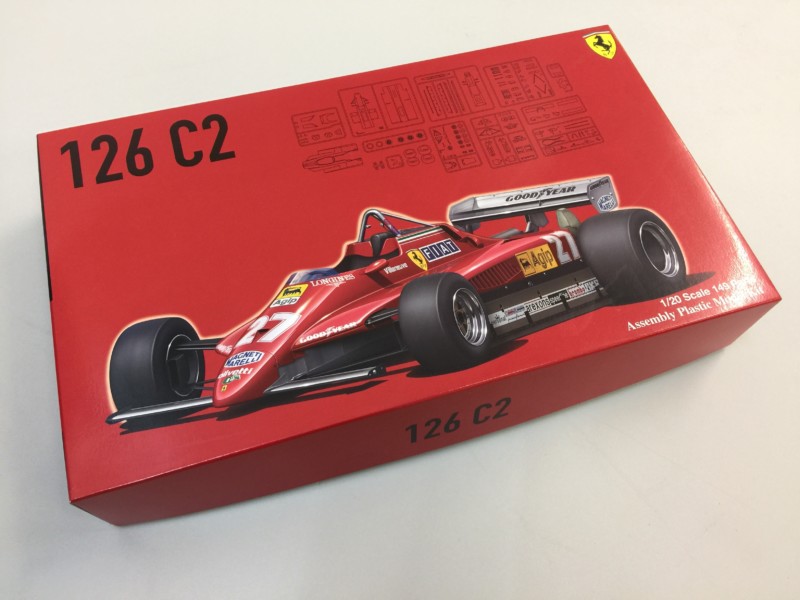
It is hard to not appreciate the aesthetics of a bright scarlet red Ferrari F1 machine. The 126 C2 was born into an era that now is held in high regards – the turbo era. The new-for-1982 Ferrari 126 C2 broke new ground by utilising a monocoque constructed from aluminium honeycomb sheets for the first time. This considerably increased the chassis’ rigidity, which was crucial to cope with the massive force generated by the ground-effect aerodynamics. Ferrari used the space between the cylinder banks to mount the KKK turbos. To ensure the V6 could cope with the formidable forces inside the engine, the block was constructed from cast-iron. By contrast, the twin-cam, four-valve per cylinder head was cast in aluminium. By the start of the 1982 season, the engine produced 650 bhp in qualifying trim and around 600 bhp during the races. Fujimi has lovingly recreated this machine in 1/20 scale and it builds into quite the kitset.
The kitset
At a first glance the kit looks promising: clean tooling, and set in red, black, and chrome-plated sprues. The kit contains nice smooth rubber tires and a full-detail engine. Instructions are clear and concise as well. This Fujimi kit has all the foundations to become a great static model.
Chassis
The kit is comprised of three main parts – the chassis, engine, and monocoque. I was worried about fitment as, if these didn’t all line up, then it could easily have the model unable to sit flat later when suspension is attached. Luckily there were no issues in that regard; the pieces fit together nicely and allow a great base should you wish to add extra detail to the engine due to half of it being uncovered by the rear cowling. That classic Ferrari approach to engineering is evident through this kitset.



Engine
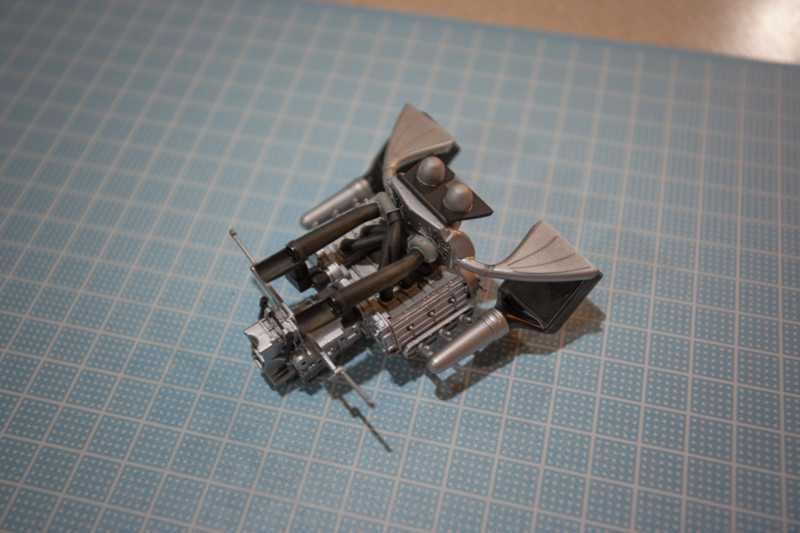

Interior & Wheels
The interior is rather simplistic. There are no decals for the belts, so I went and used a Tamiya 1/20 Grand Prix photo etch belt setup in the car. Without any belts this would be a huge setback for the kitset, so I highly recommend adding the Tamiya belts to the kit to really do the cockpit justice.
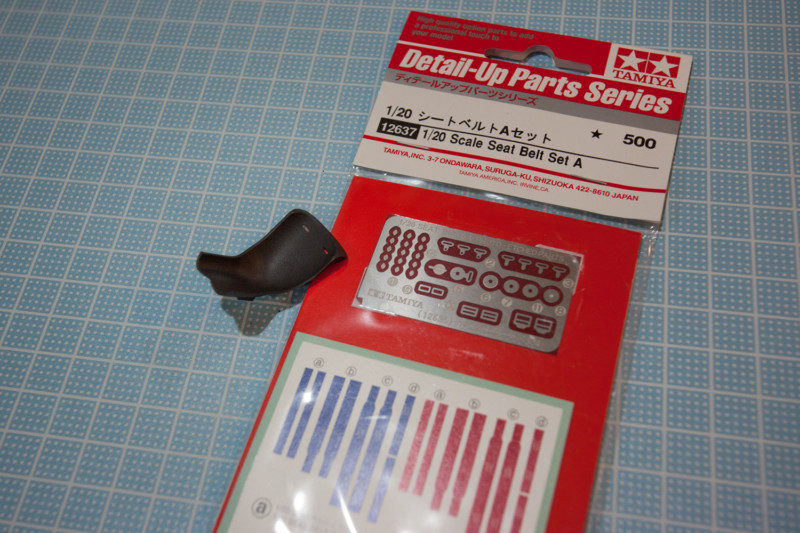

The rear wheels are 2-piece setups which allow for easy painting, and contain nice levels of detail. Once fitted up into the tires they look superb and the tire decals just finish off the racecar look. The Goodyear decals were a bit thin on adhesive so additional applications of water finally had them sitting down, and not lifting off the face of the tire.
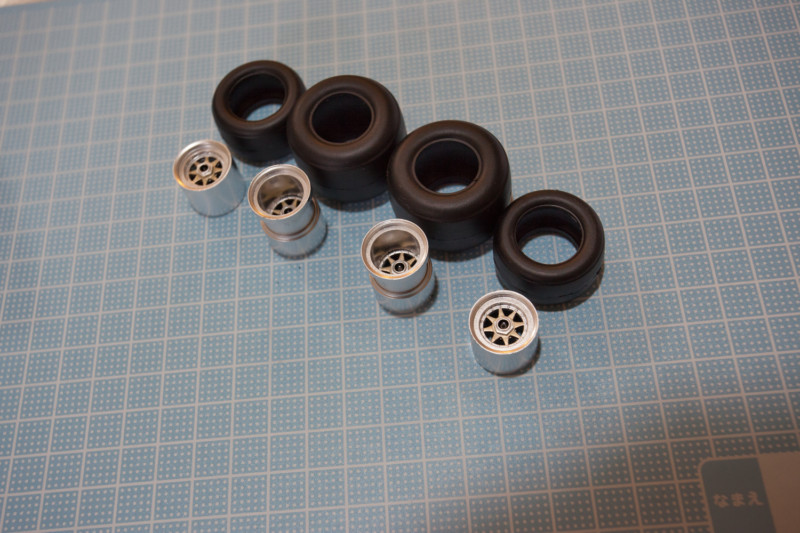
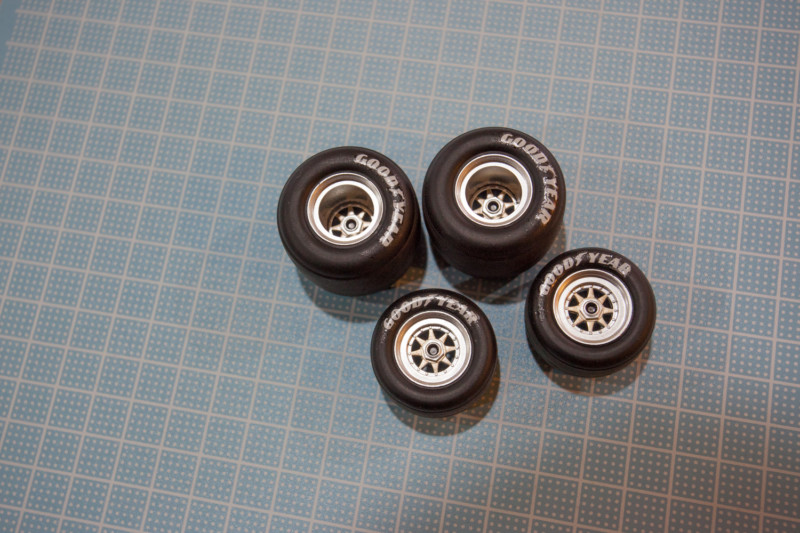
Suspension & monocoque completion
The suspension was good throughout by Fujimi: enough fine detail yet rigid and strong components meant that this Ferrari sits nice and flat in the display case. The bottom components of the suspension are firmly attached to the chassis which gives a good, solid base to build onto. The front is the same; steerable wheels mean you can pose the car up, too.


Once you add the wheels, it becomes apparent that you could very easily display the whole car without the cowling on the chassis. The way the engine and cooling wraps around the cockpit makes for a great display piece.
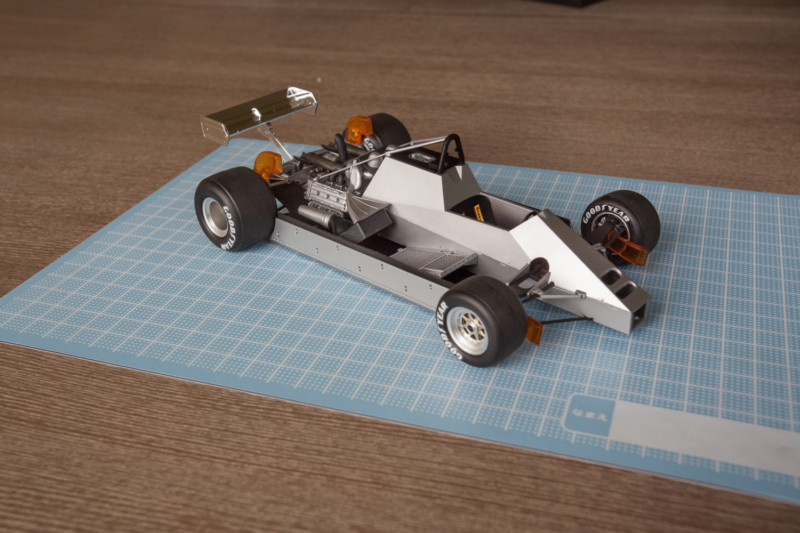
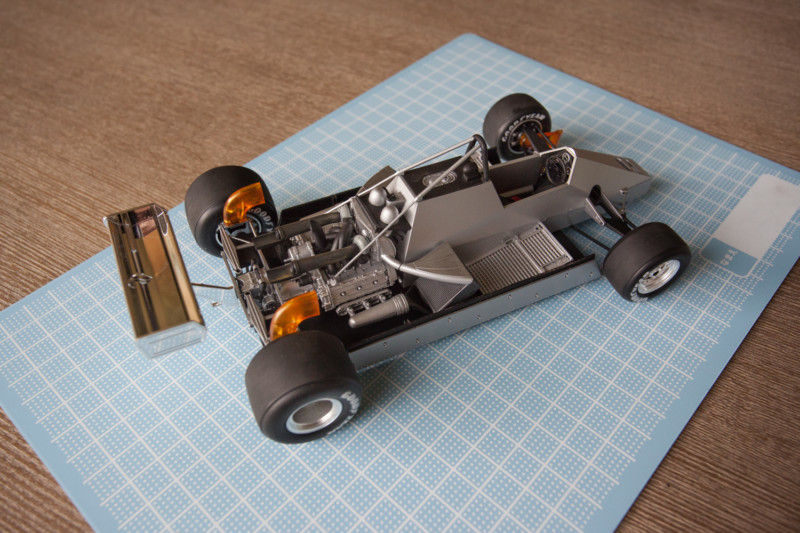
Cowling
The main features of this car from an outward perspective are the forward position of the driver, and the open rear-cowling that has the exhausts peering out the back. Fitment onto the chassis was superb and this made for a seamless seal which really finished the model off for me. The bright red paint against the silver also looks timeless. The lines of this F1 machine are elegant to say the least. By now some might be wondering where the front wing is, and the answer is: this one doesn’t need one. Within the one box you have an option of three different styles for the car, and one of these options includes a front nosecone that the team ran where the car didn’t have any front wing. Something a little different in F1 so I went for the wingless option, although if you prefer the chrome-plated wing then that option is also there.

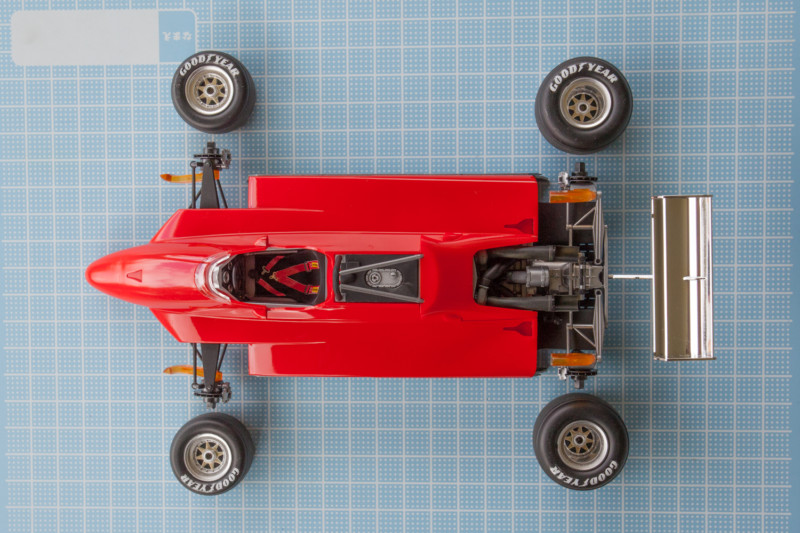

Decals
One appealing point of this kit for me was the classic, timeless livery which in terms of time isn’t overly difficult. Many motorsport machines sport intricate liveries which can be extremely difficult to apply – not in this instance. The classic ‘less is more’ approach to the decals make this car a pleasure to sticker up. The decals go off in the water quickly and are strong in their construction so no tearing makes the experience an enjoyable one. The white decals also are heavily printed so there is no bleed through from the red undercoats.

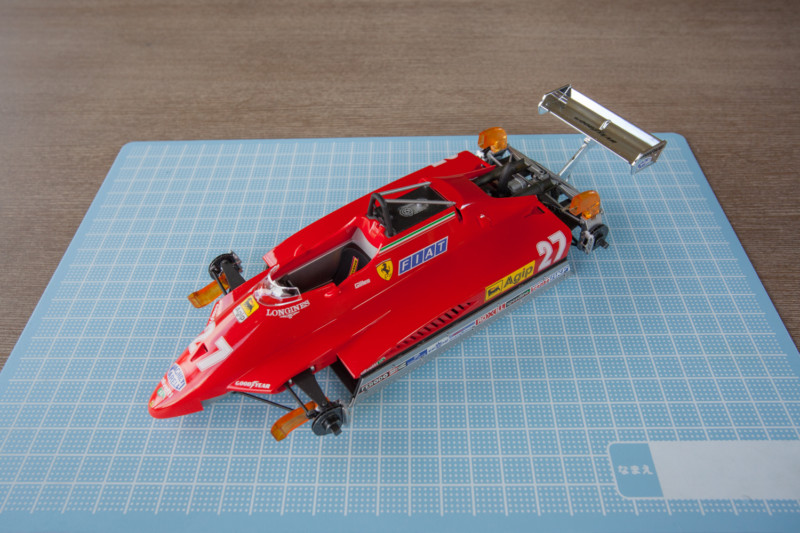
Completed kitset





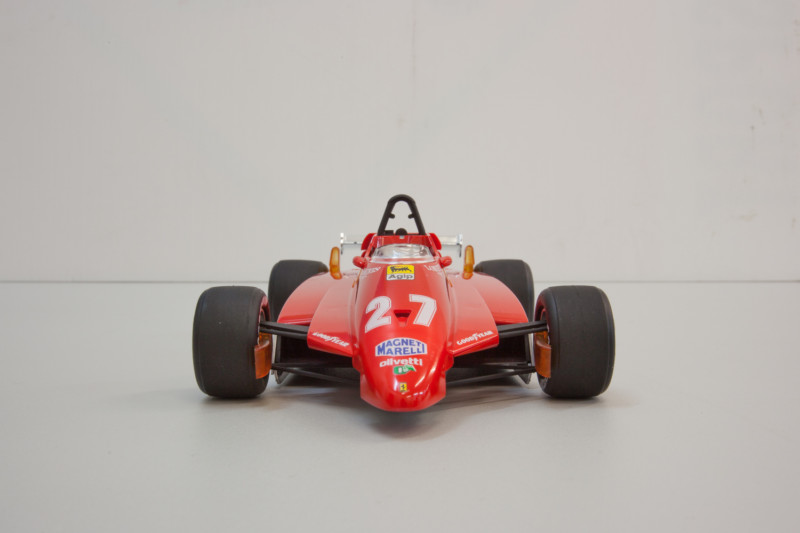
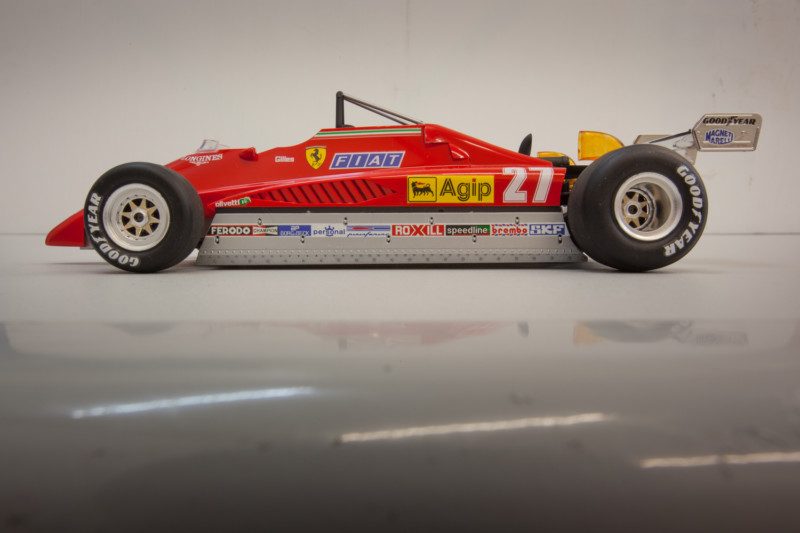
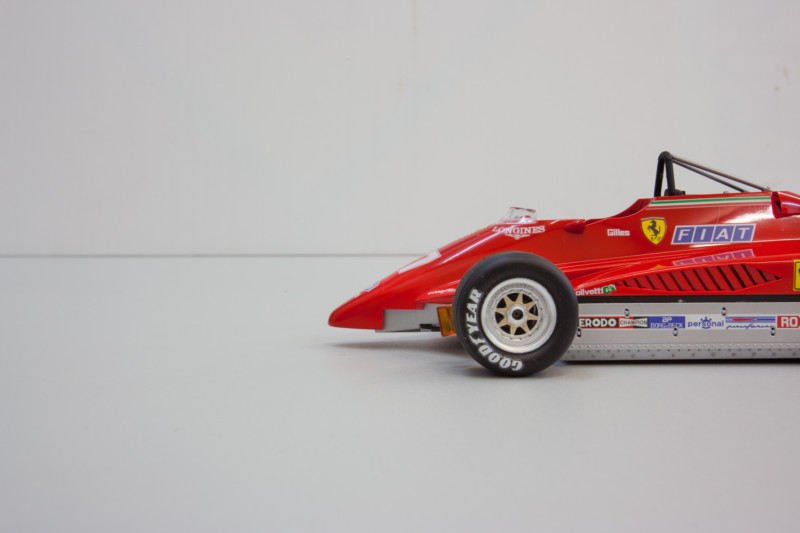

Overall, the quality of this kitset exceeded my expectations. I have previously tackled Tamiya and Hasegawa 1/20 F1 kitsets, although never a Fujimi. With clean fitment, great decals, and a large range of classic Ferrari F1 machines on offer, this certainly won’t be the last Fujimi F1 kitset I build. Overall score has to be set at an 8/10 for this kit.


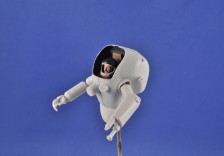


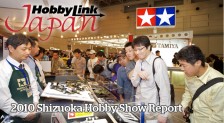
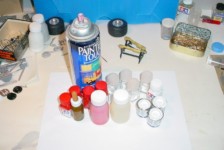
Bingo Bot
Really nice build and review. Thanks!
Aaron.Mai
Thanks Bingo Bot! 🙂